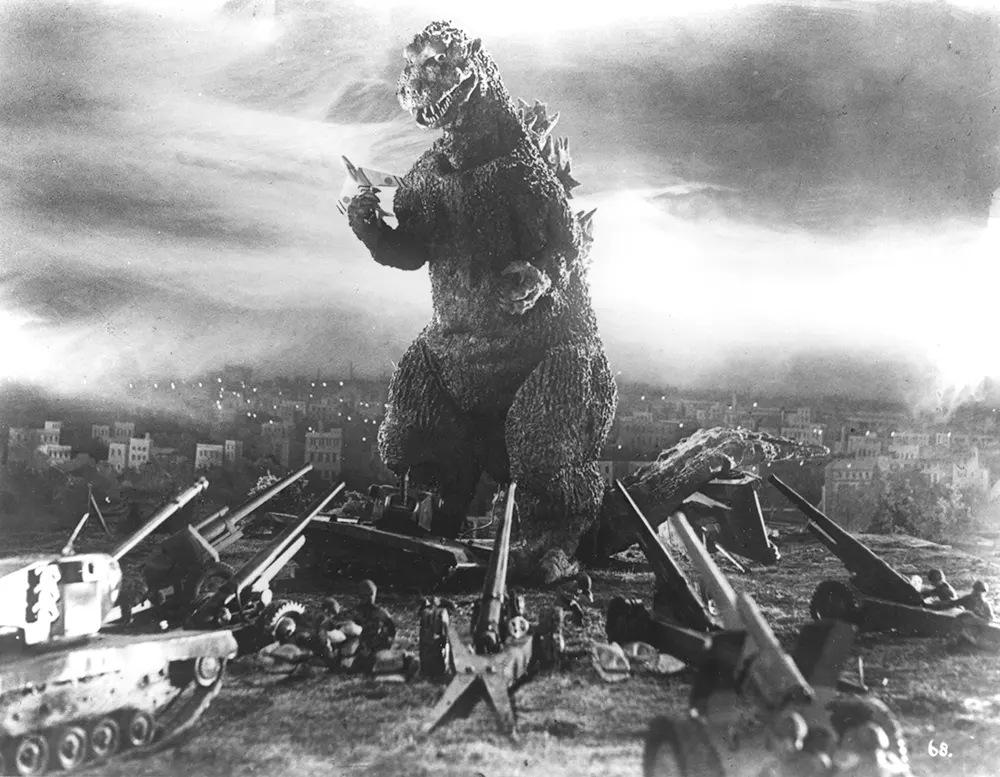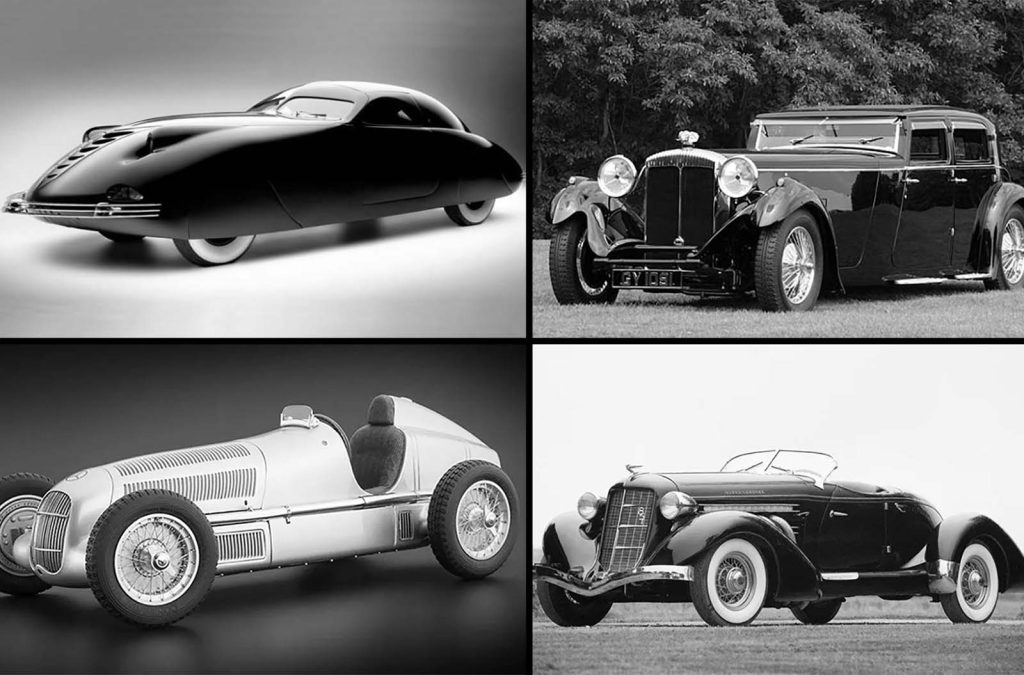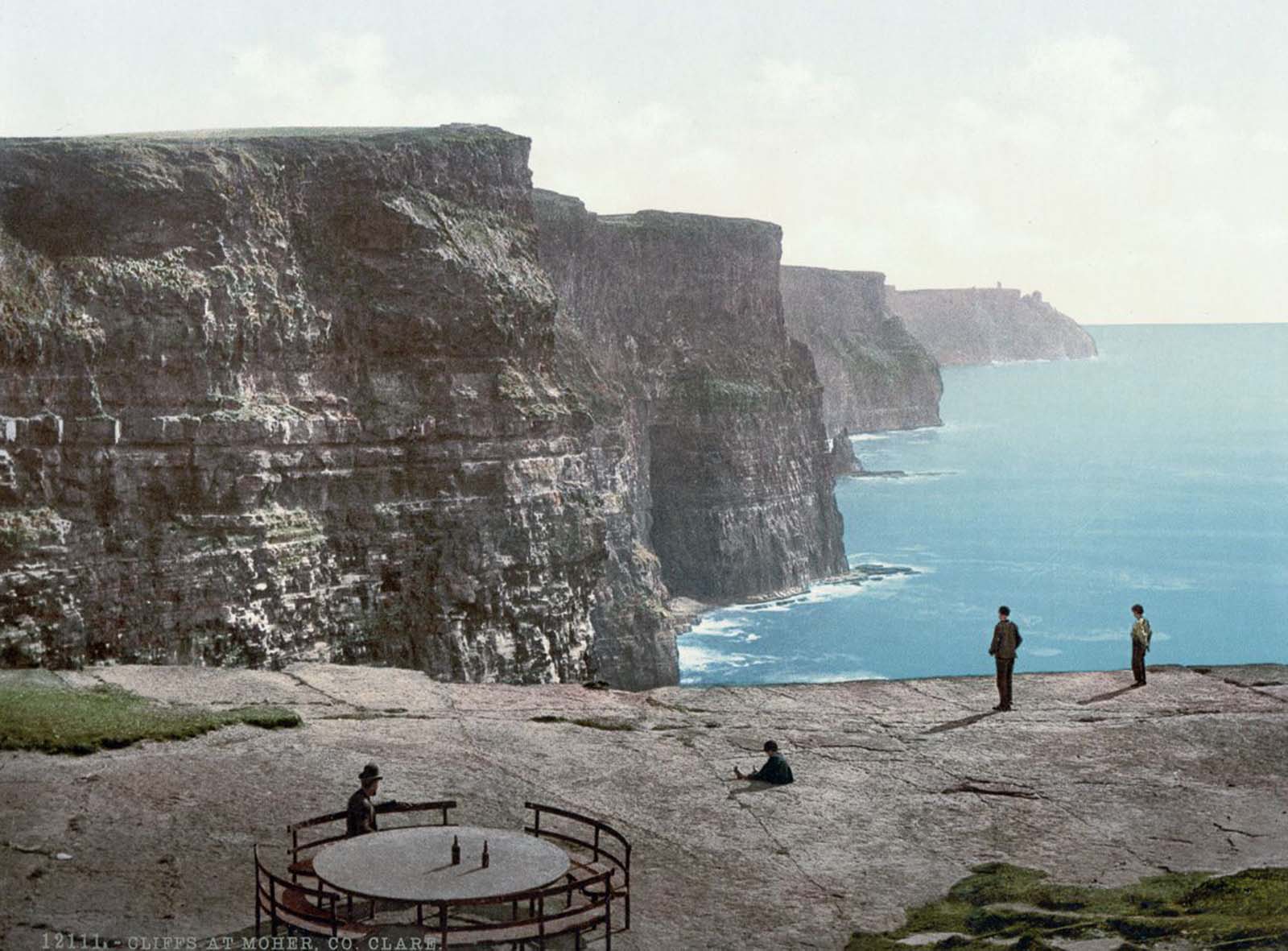
These vivid color photographs of Ireland were produced as tourist mementos and postcards using a technique called Photochrom. The collection features the main cities of Dublin, Belfast, Cork, and Waterford alongside the main tourist attractions of the day.
The photochrom technique is a complex method of imbuing black-and-white photographs with realistic color. It was relatively less expensive than real color photography and provided a unique and instantly recognizable style. The process was invented in the 1880s and was most popular in the 1890s.
What is interesting is how little has changed after all these years; pictures of the cities are immediately recognizable and popular tourist sites of the 1890s such as The Cliffs of Moher, The Giant’s Causeway, and more, still remain popular today.
Between 1851 and 1911 the urban proportion of Ireland’s ever-declining population doubled. Even so, on the eve of World War I, only one-third of the people lived in towns with more than two thousand inhabitants.
Farming still accounted for the majority of occupied men, though the proportion had fallen from two-thirds in 1951 to 55 percent in 1911. Overall, the Irish economy had retained its rural character to a remarkable degree.
This anomaly was a by-product of massive emigration, which had enabled up to half of each generation to urbanize itself overseas rather than at home.
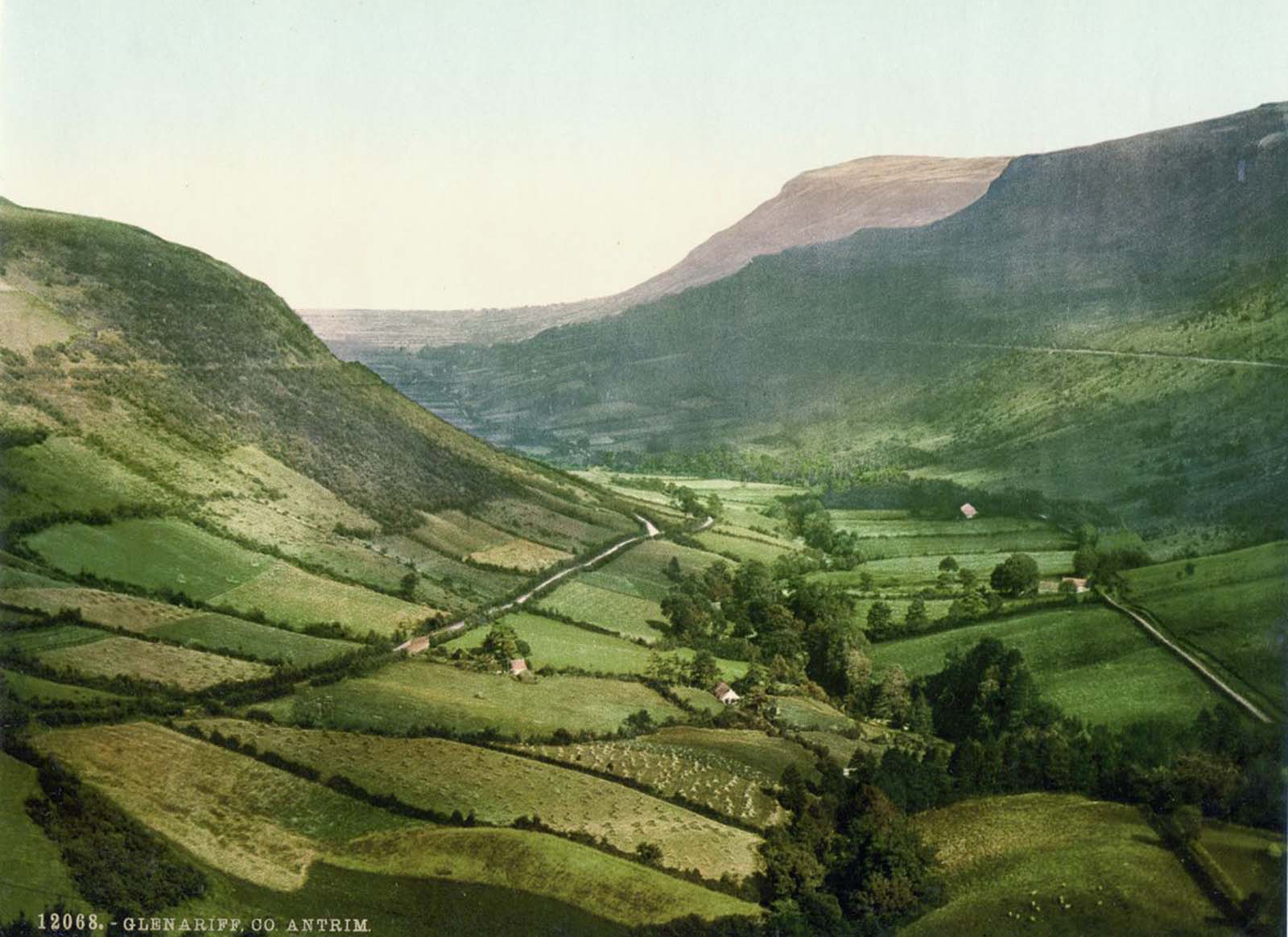
Glenariff, County Antrim.
Rural class structure lost much of its top as well as its bottom layer during the later nineteenth century. Tenant agitation, legislation, and economic setbacks accomplished what the Great Famine had failed to achieve, the emasculation of the landlord class.
Though retaining their home farms and leaseholds, most landlords had begun to sell tenanted farms to the occupiers before 1914.
In most of Ireland, the potato, far from being discredited, remained the major staple of the diet, along with buttermilk and “kitchen” in the form of salted herring. The meat was seldom eaten except at festivals.
The enduring preference for potatoes reflected justified faith in their nutritional value as well as taste and prevailed despite the fact that unblighted potatoes were now much more expensive to grow or buy.
By the late nineteenth century imported foods and home-produced meats were more widely disseminated, yet the rural diet remained astonishingly simple and healthy.
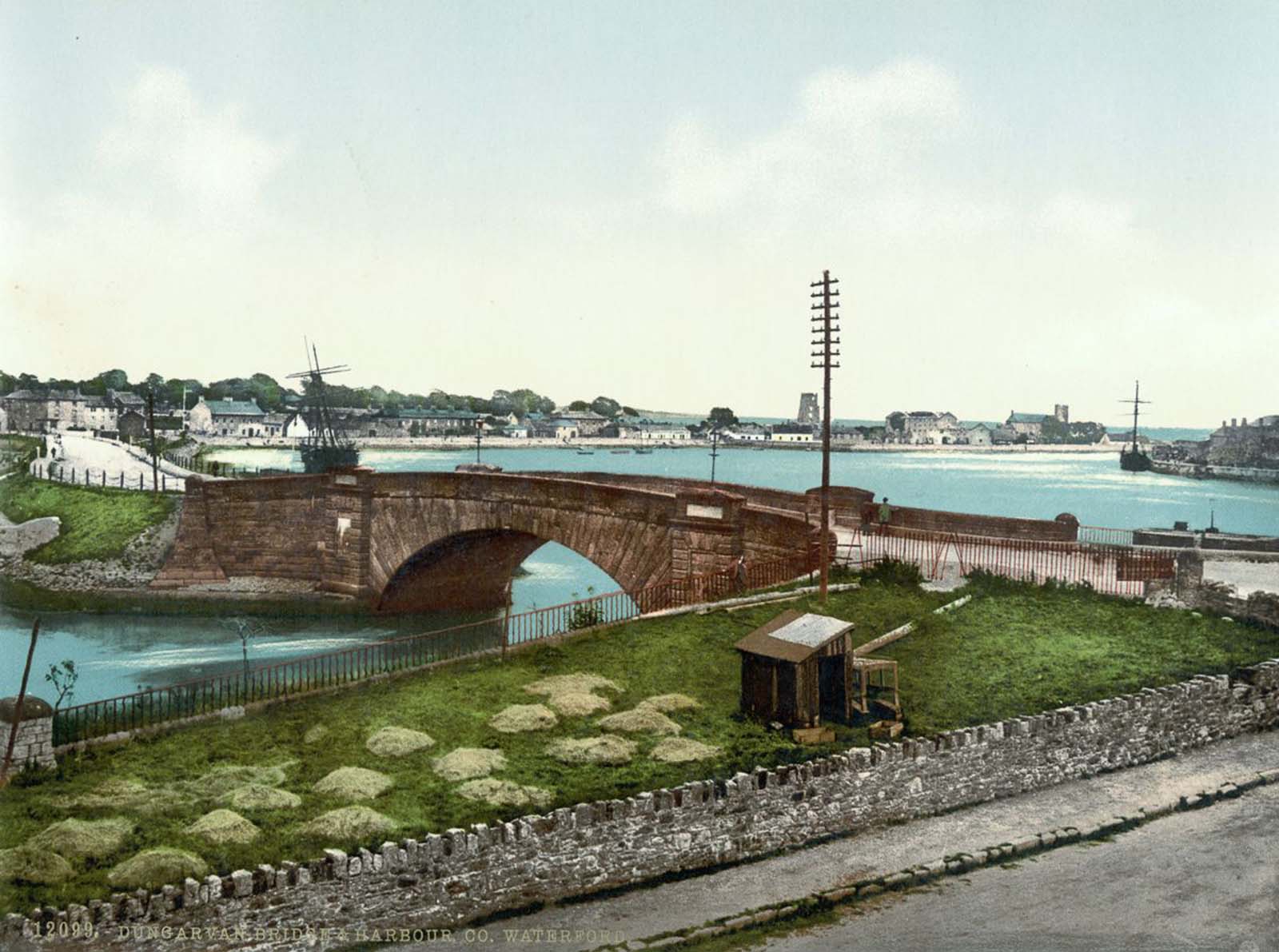
Dungarvan Bridge and Harbor, County Waterford.
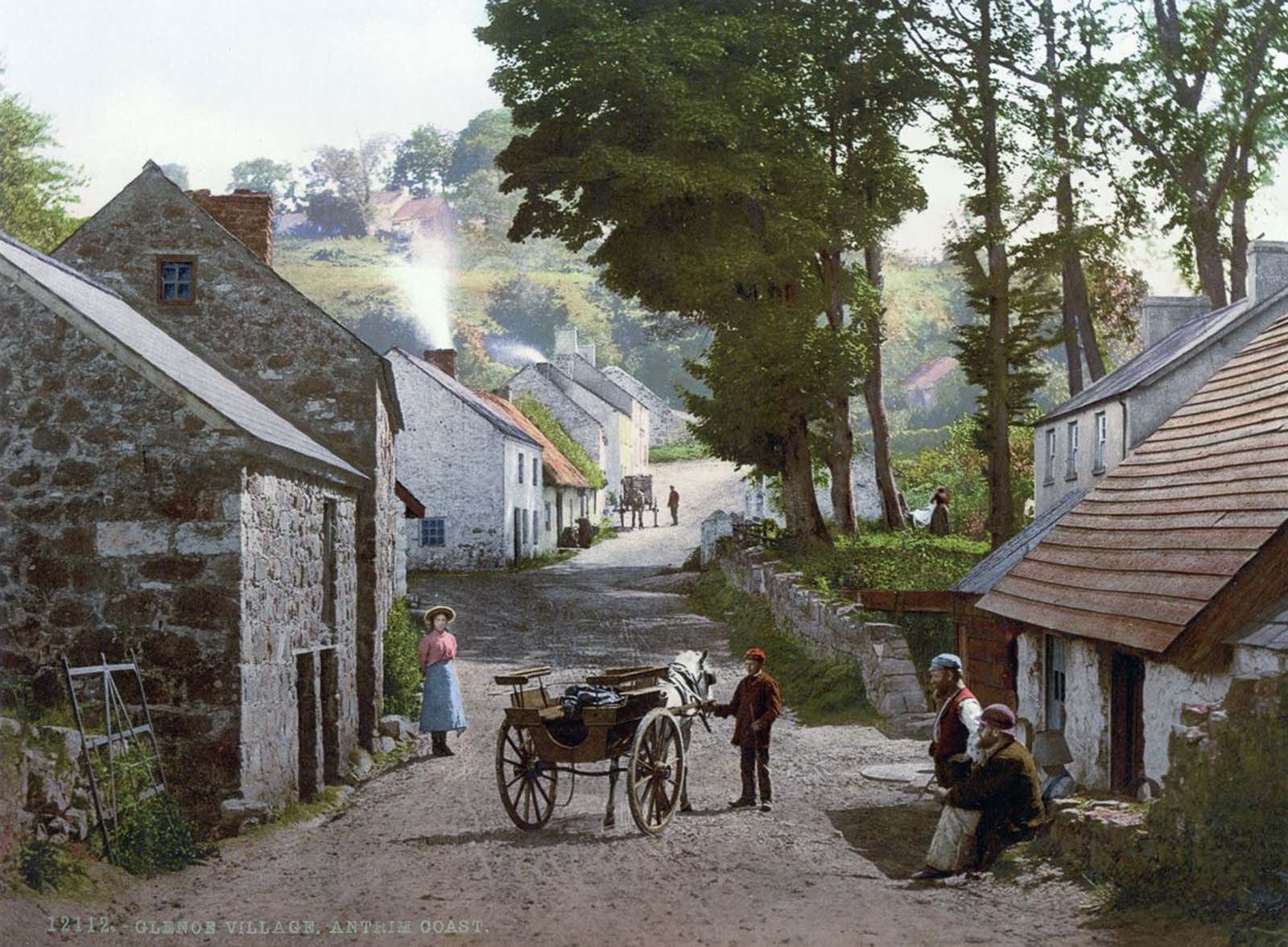
Glenoe Village, County Antrim.
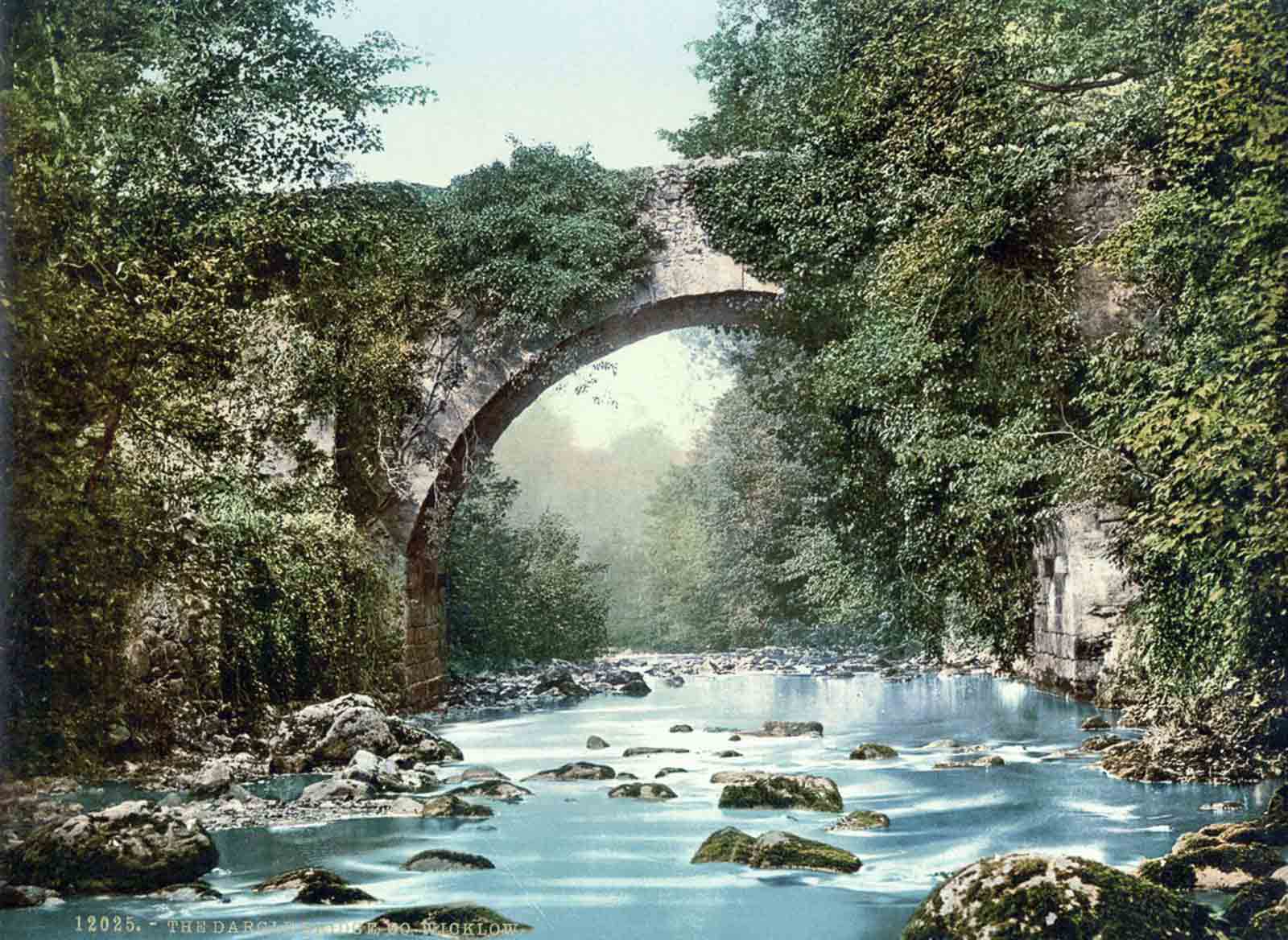
Dargle Bridge, County Wicklow.
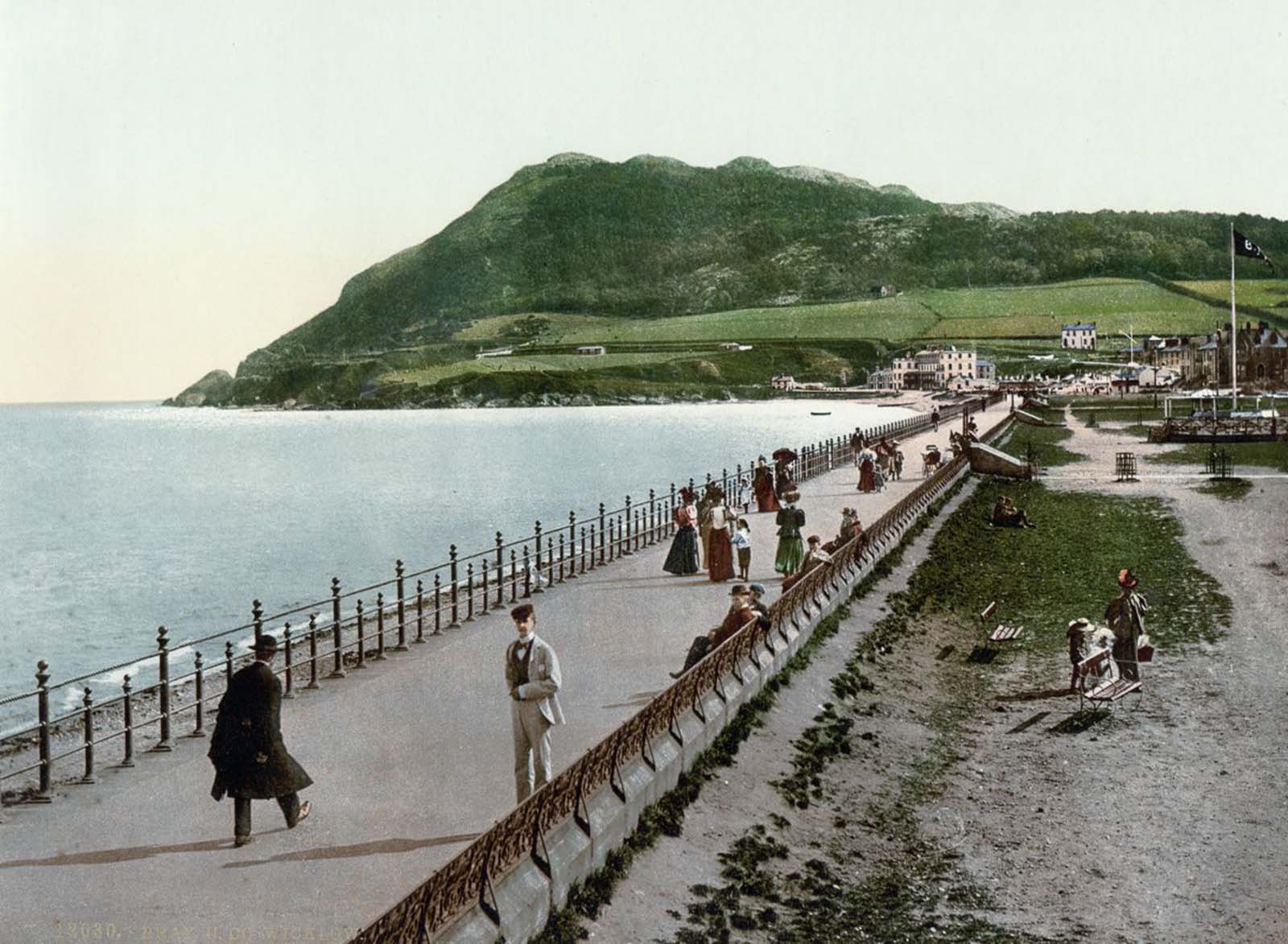
Bray, County Wicklow.
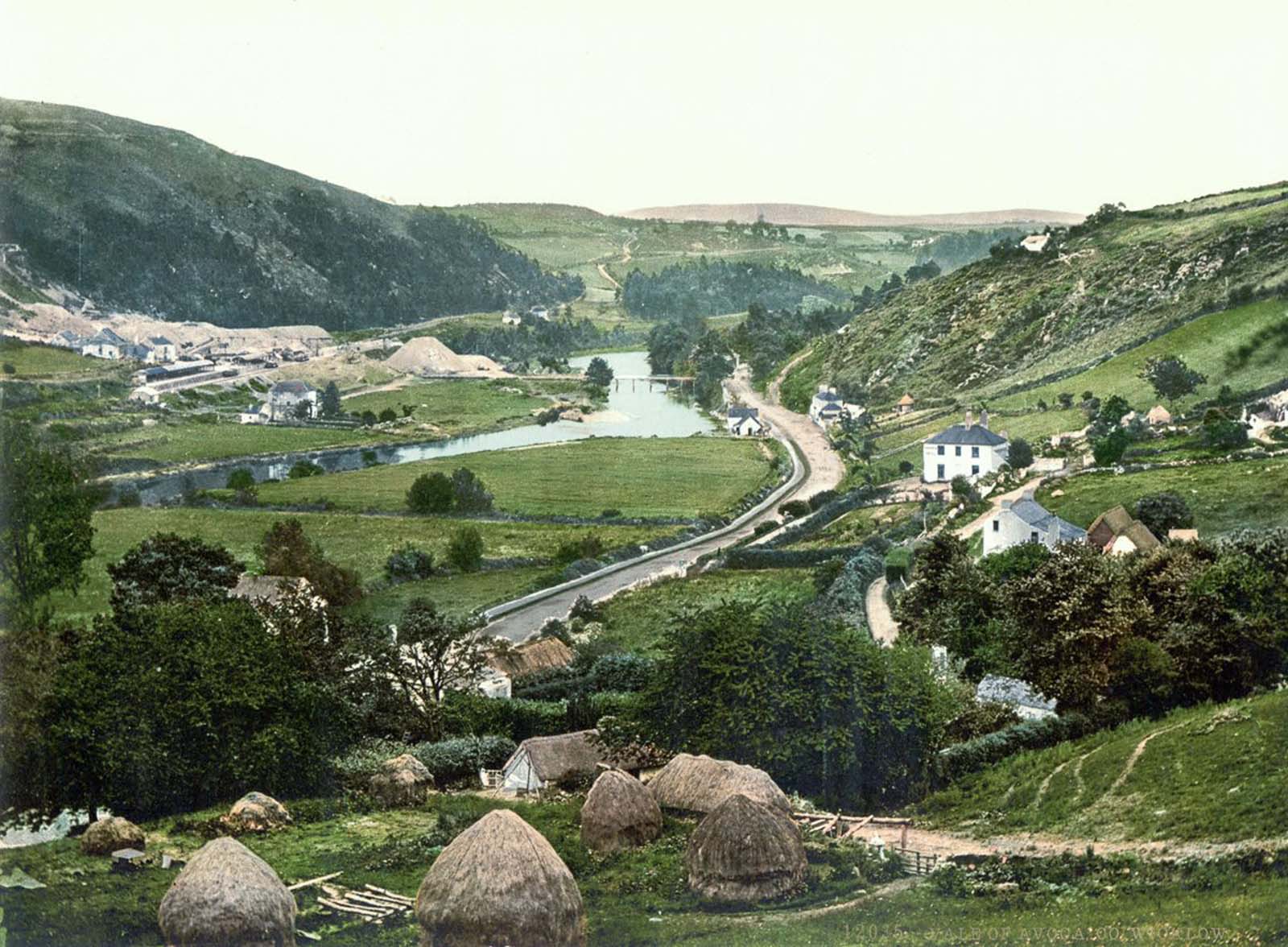
Vale of Avoca, County Wicklow.
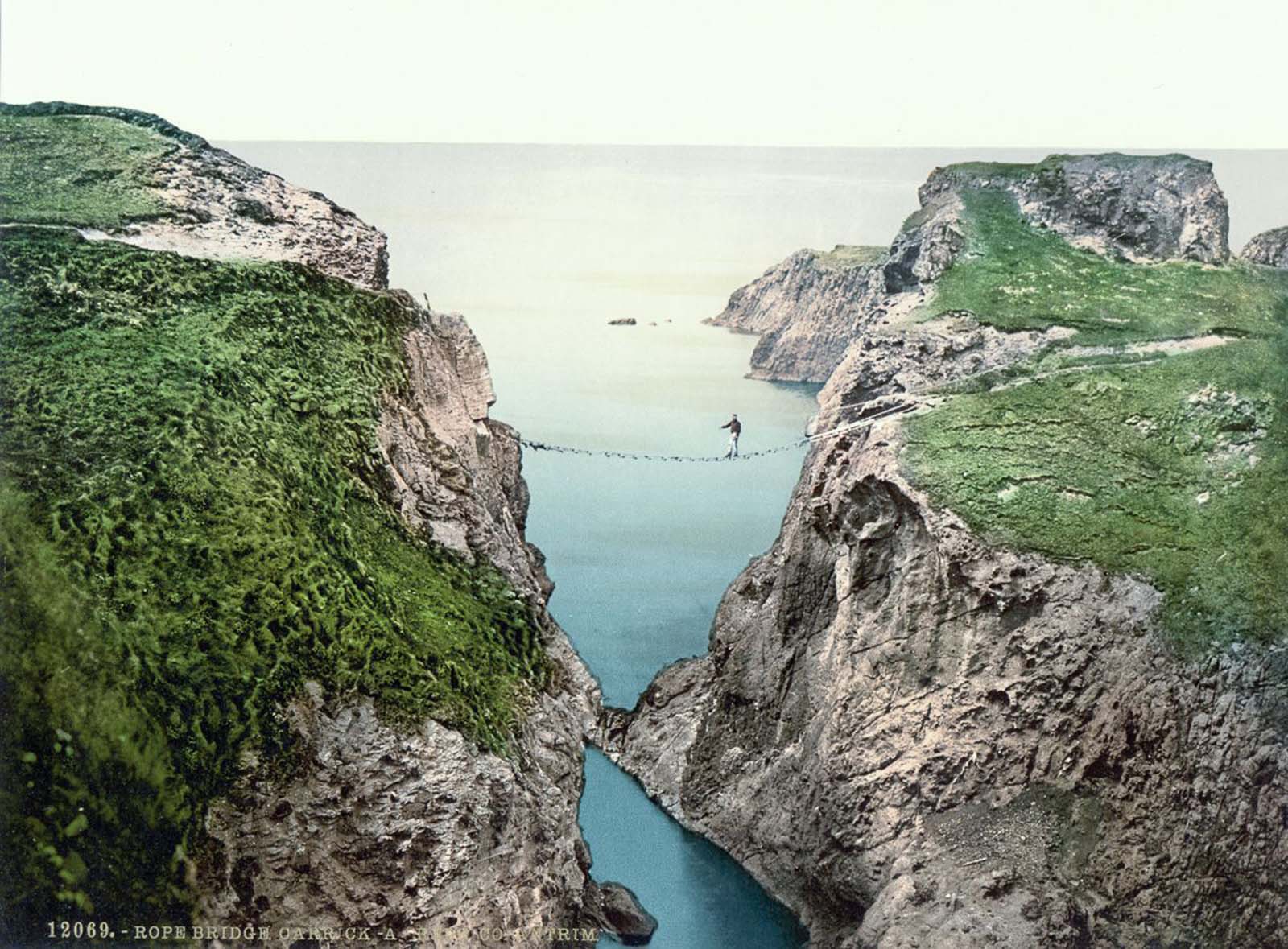
Rope bridge, Carrick-a-Rede, County Antrim.
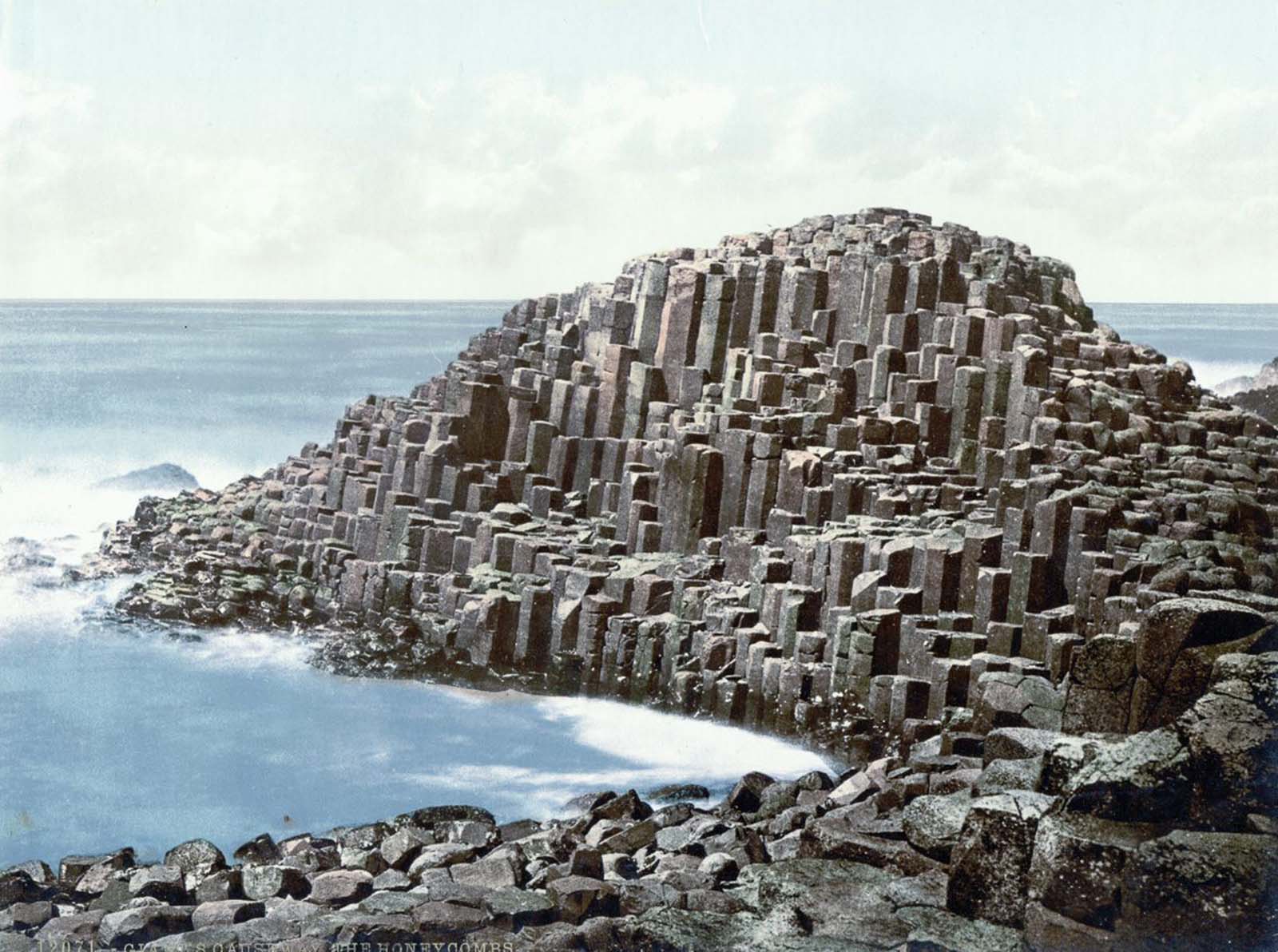
The Honeycombs, Giant’s Causeway, County Antrim.

Giant’s Causeway, County Antrim.
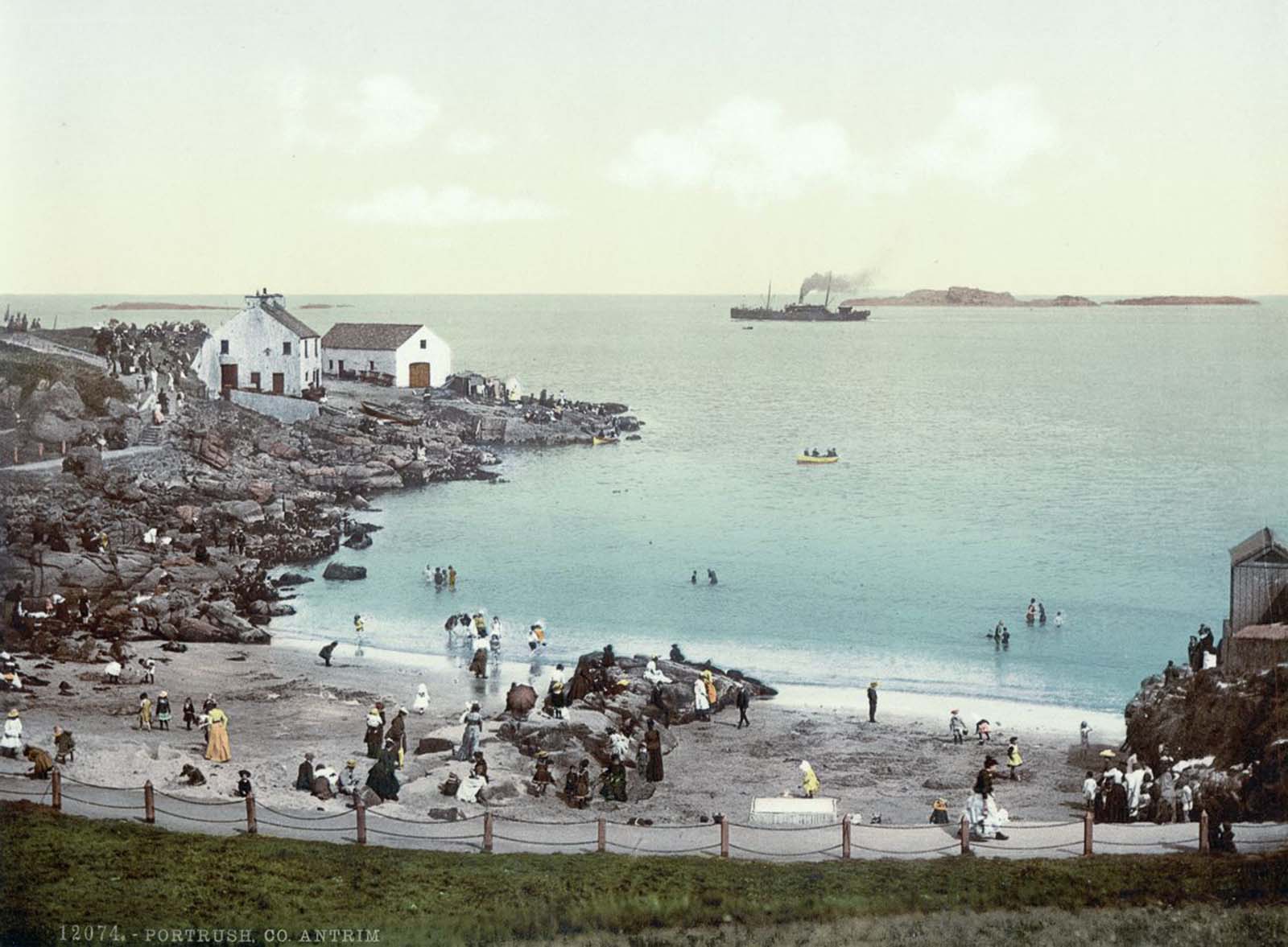
Portrush, County Antrim.
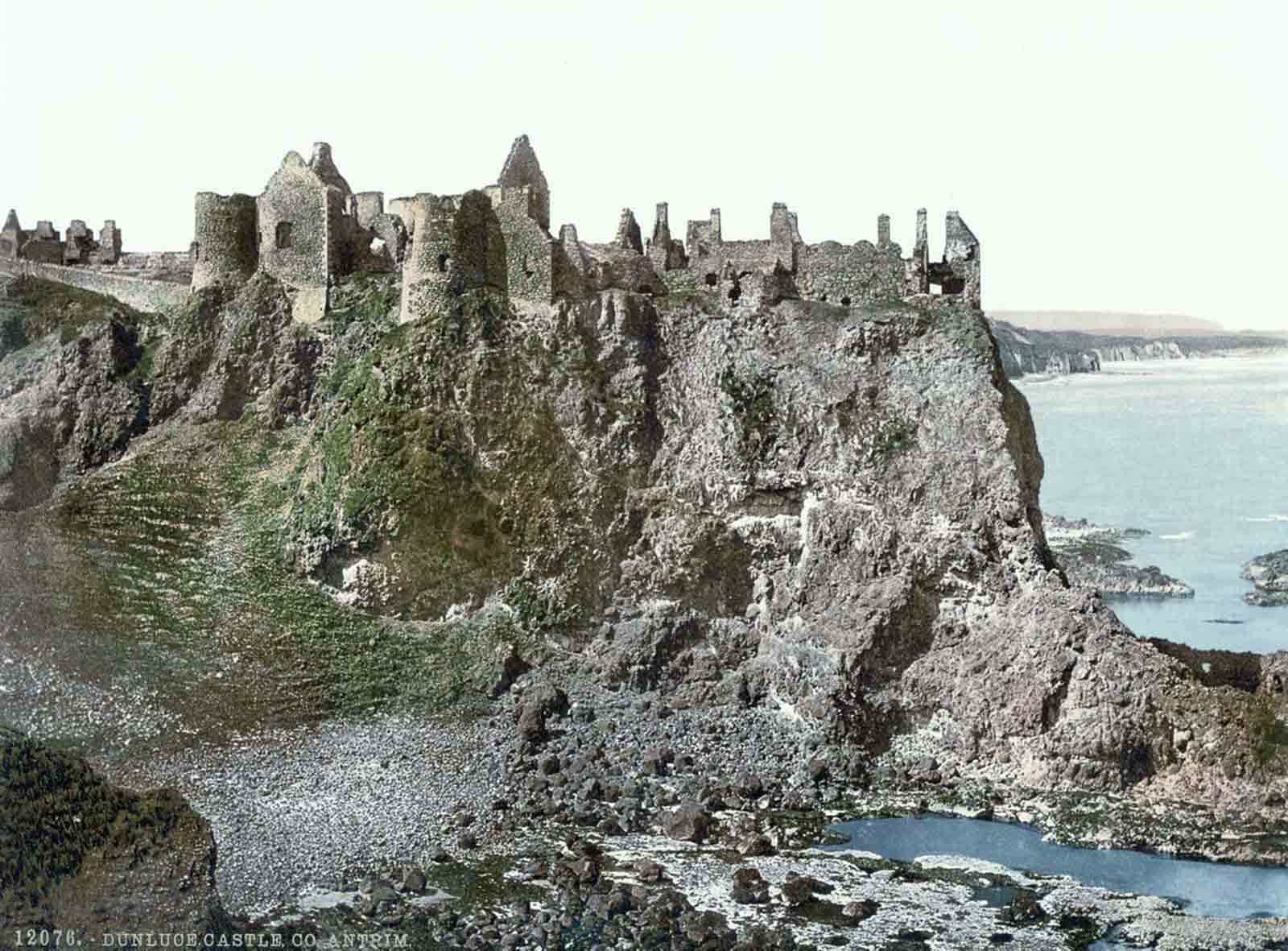
Dunluce Castle, County Antrim.
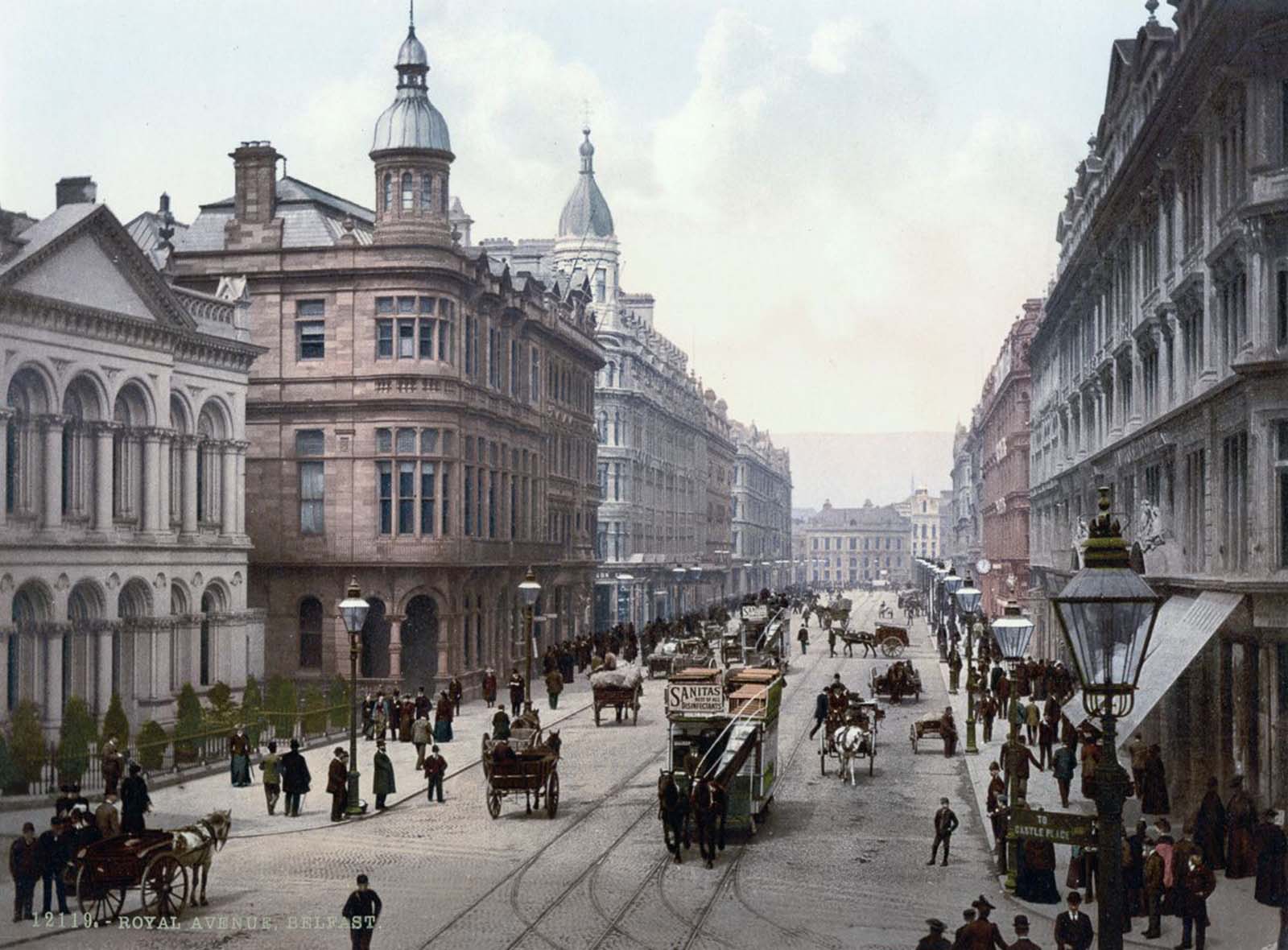
Royal Avenue, Belfast, County Antrim.
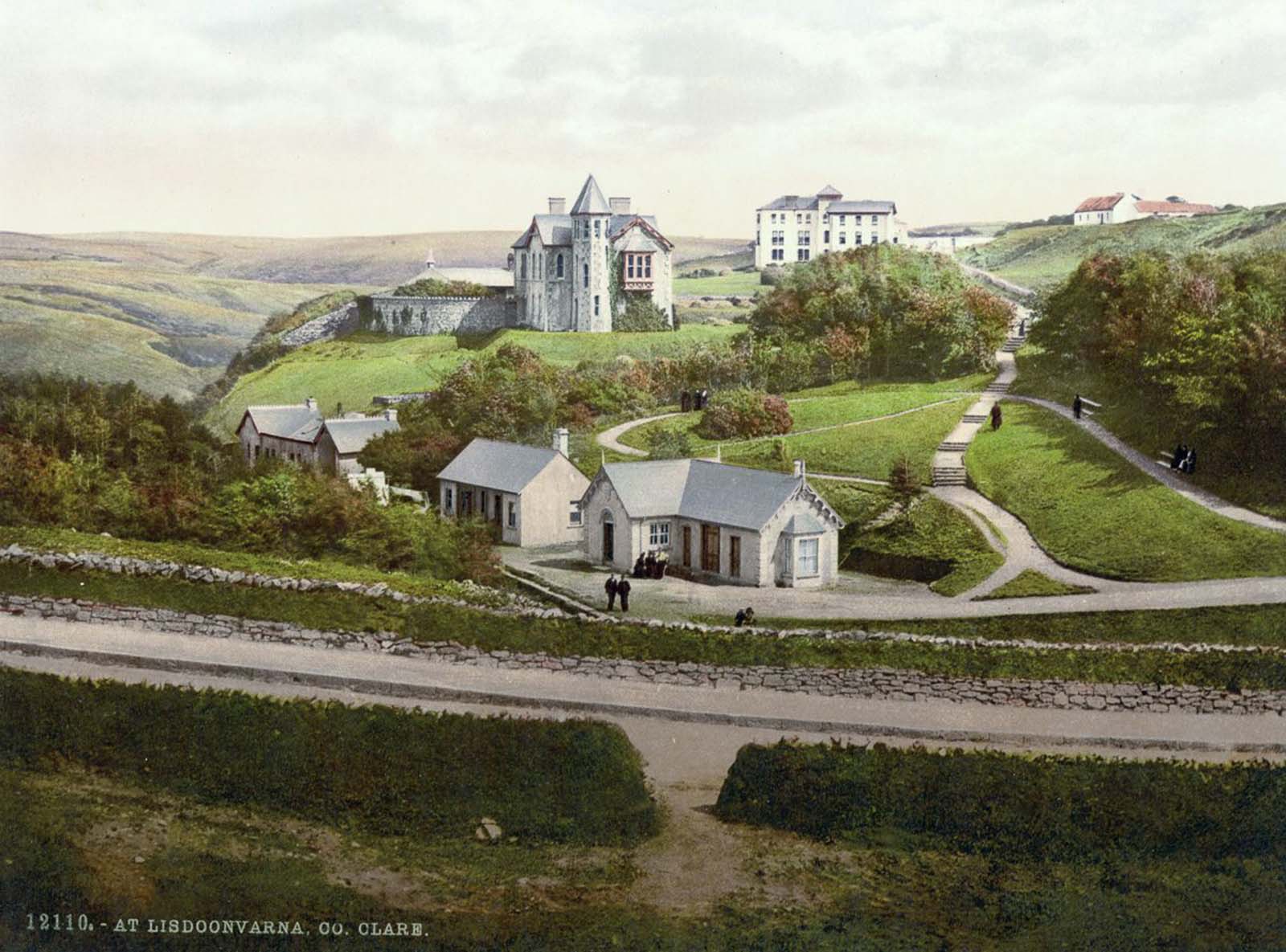
Lisdoonvarna, County Clare.

Eccles Hotel, Glengarriff, County Cork.

Tunnel near Glengarriff, County Cork.

Patrick Street, Cork, County Cork.
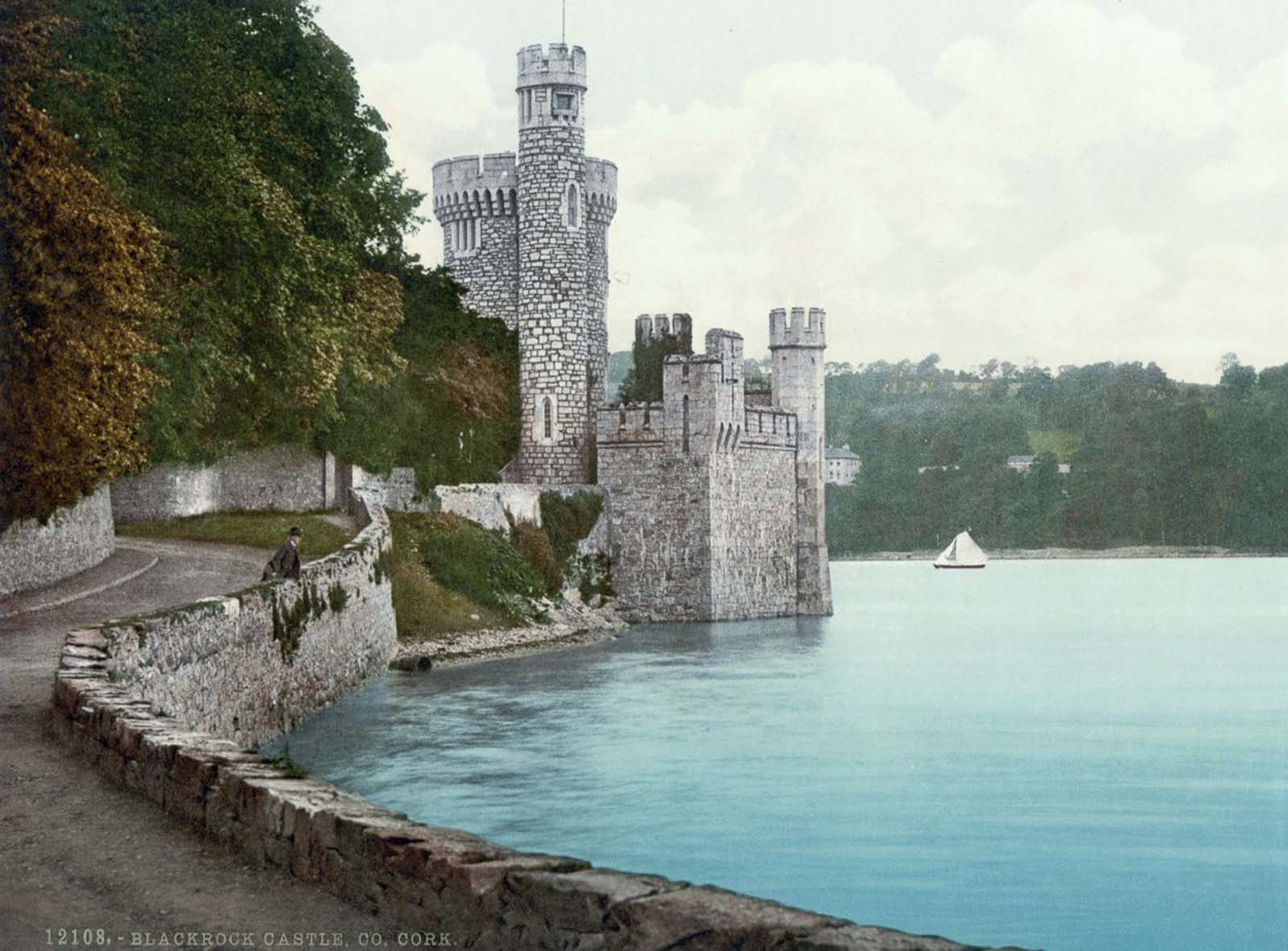
Blackrock Castle, County Cork.
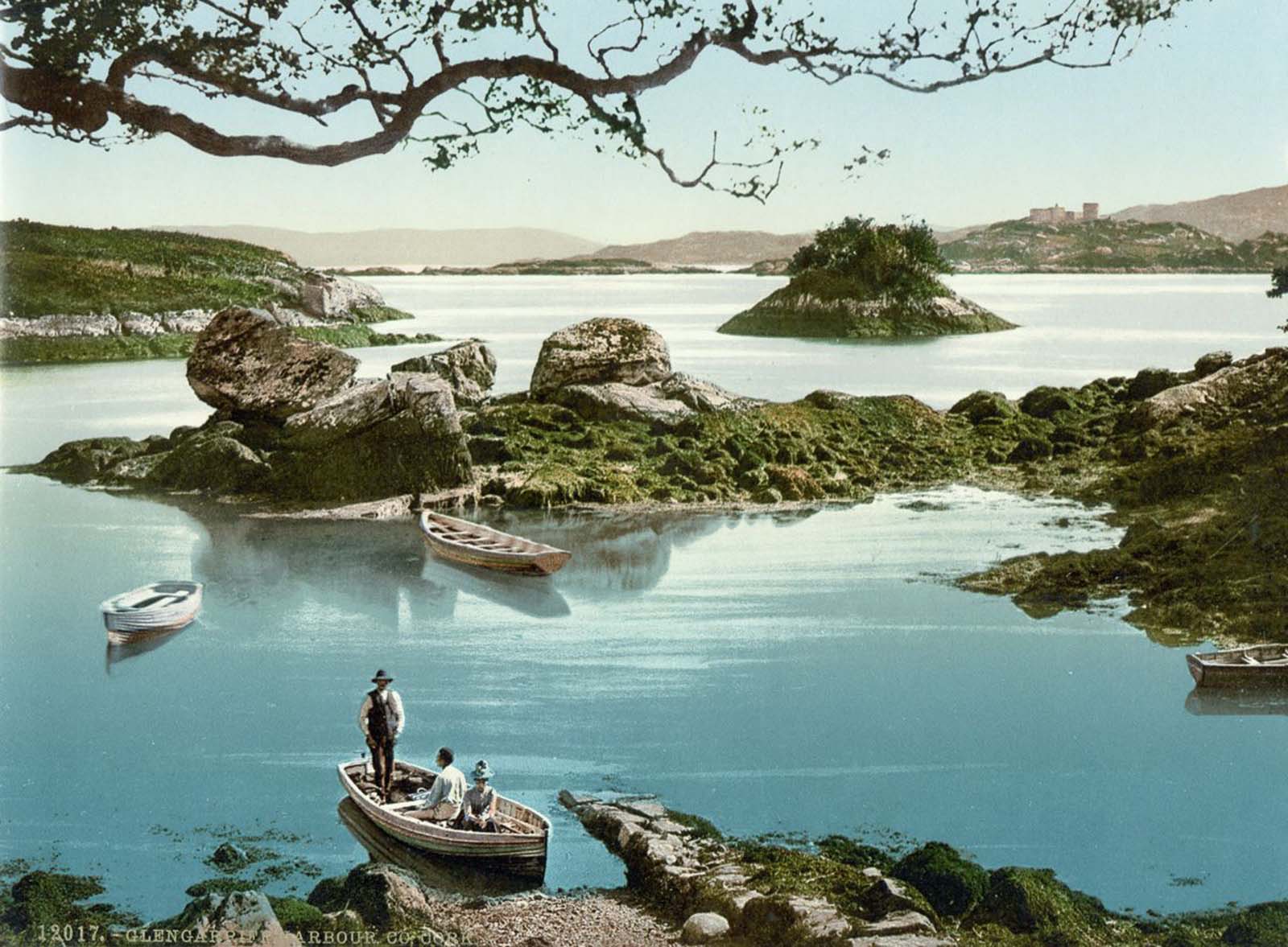
Glengarriff Harbor, County Cork.
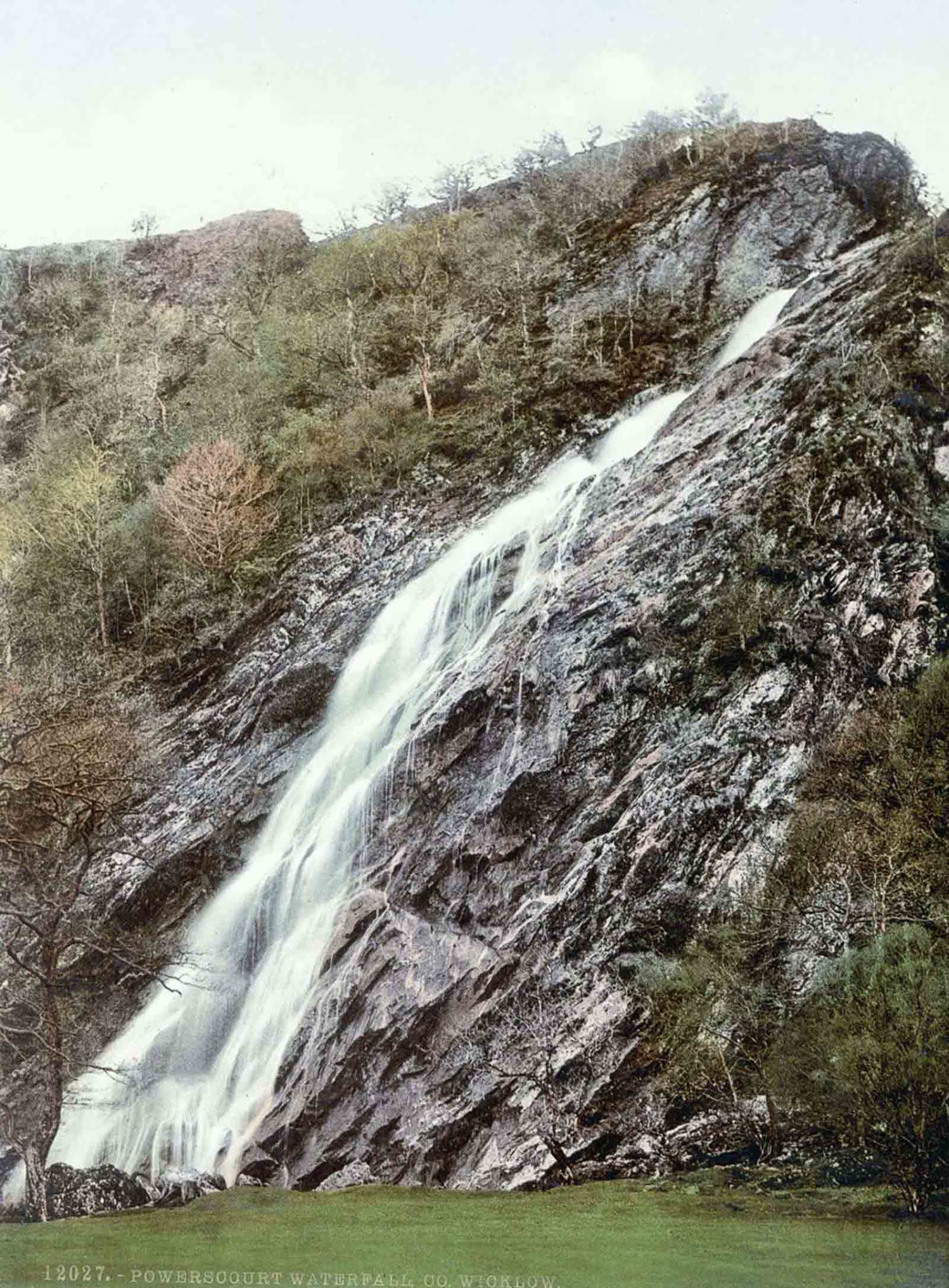
Powerscourt Waterfall, County Wicklow.
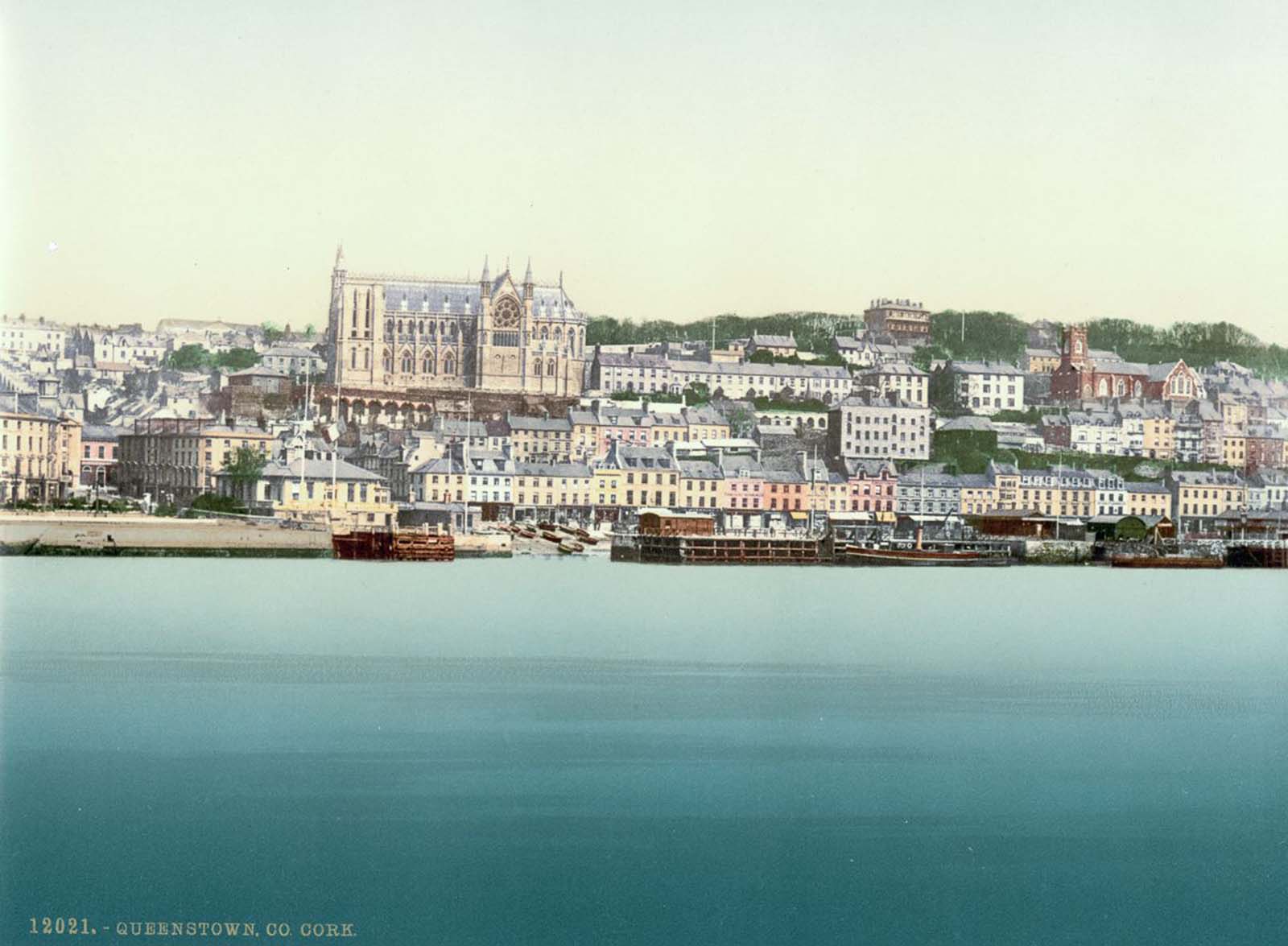
Queenstown, County Cork.
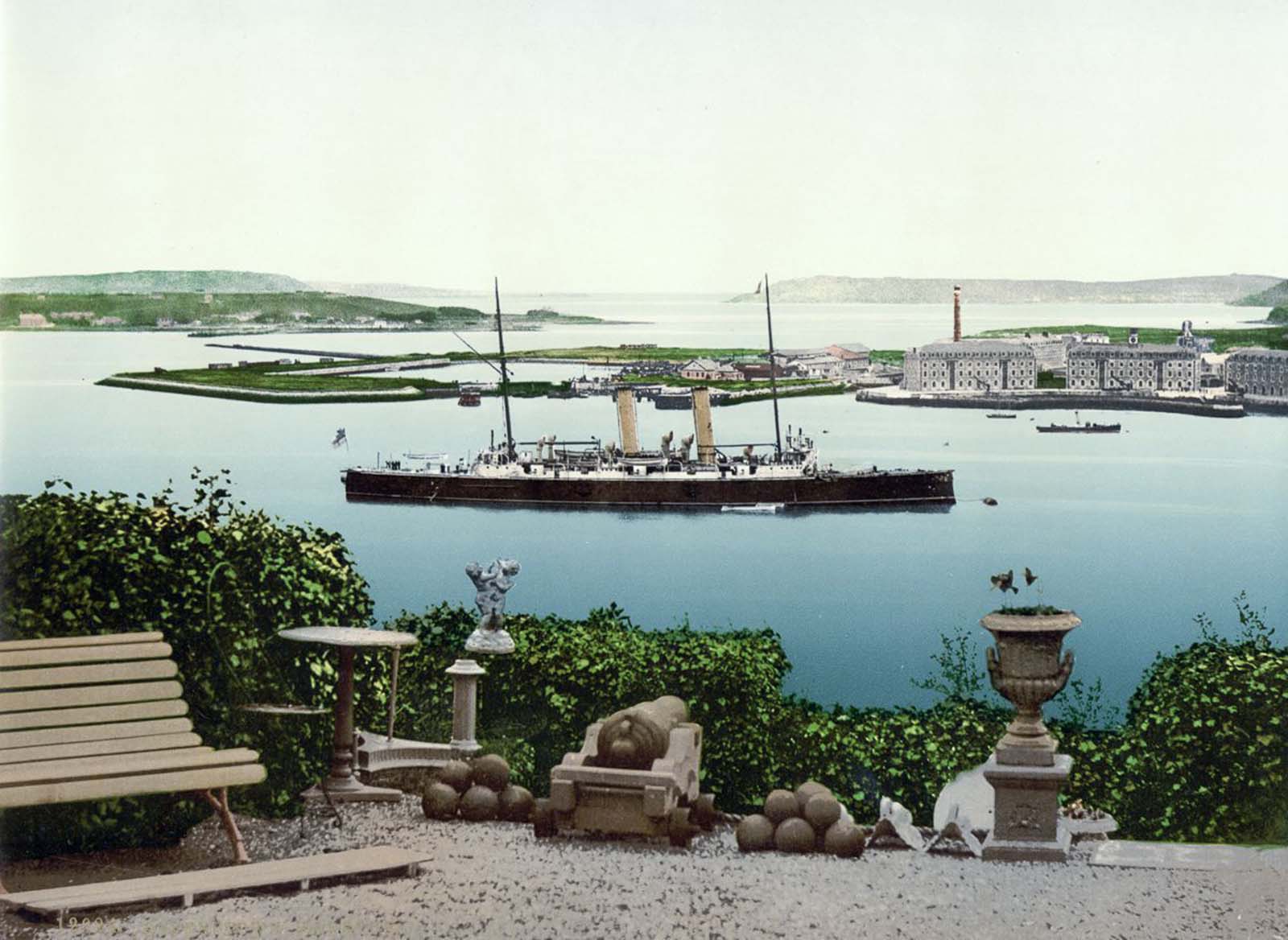
Queenstown Harbor, County Cork.

Newcastle, County Down.
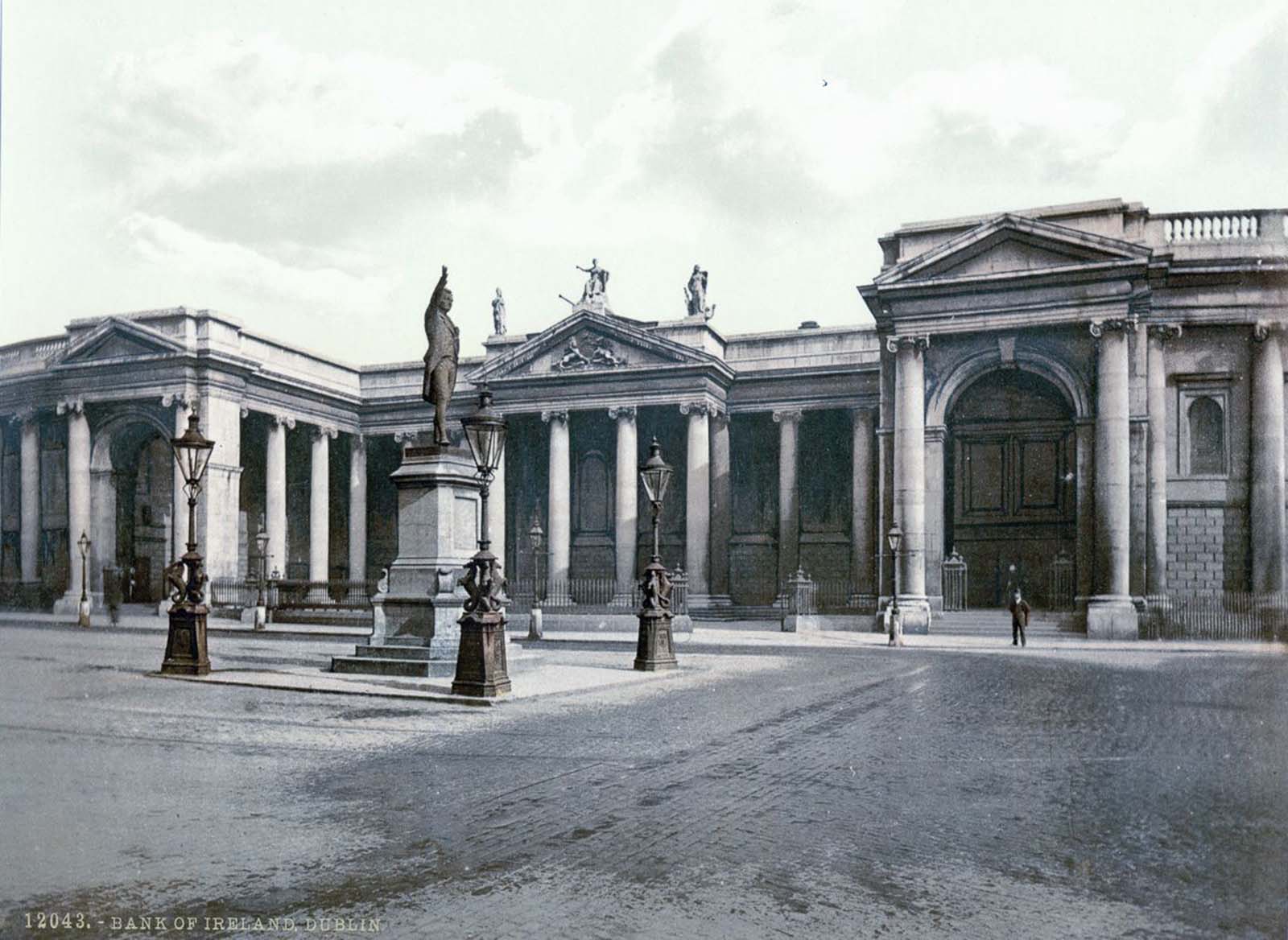
Bank of Ireland, Dublin, County Dublin.

Lower Lough Erne, County Fermanagh.

Ruins, Devenish Island, Lough Erne, County Fermanagh.
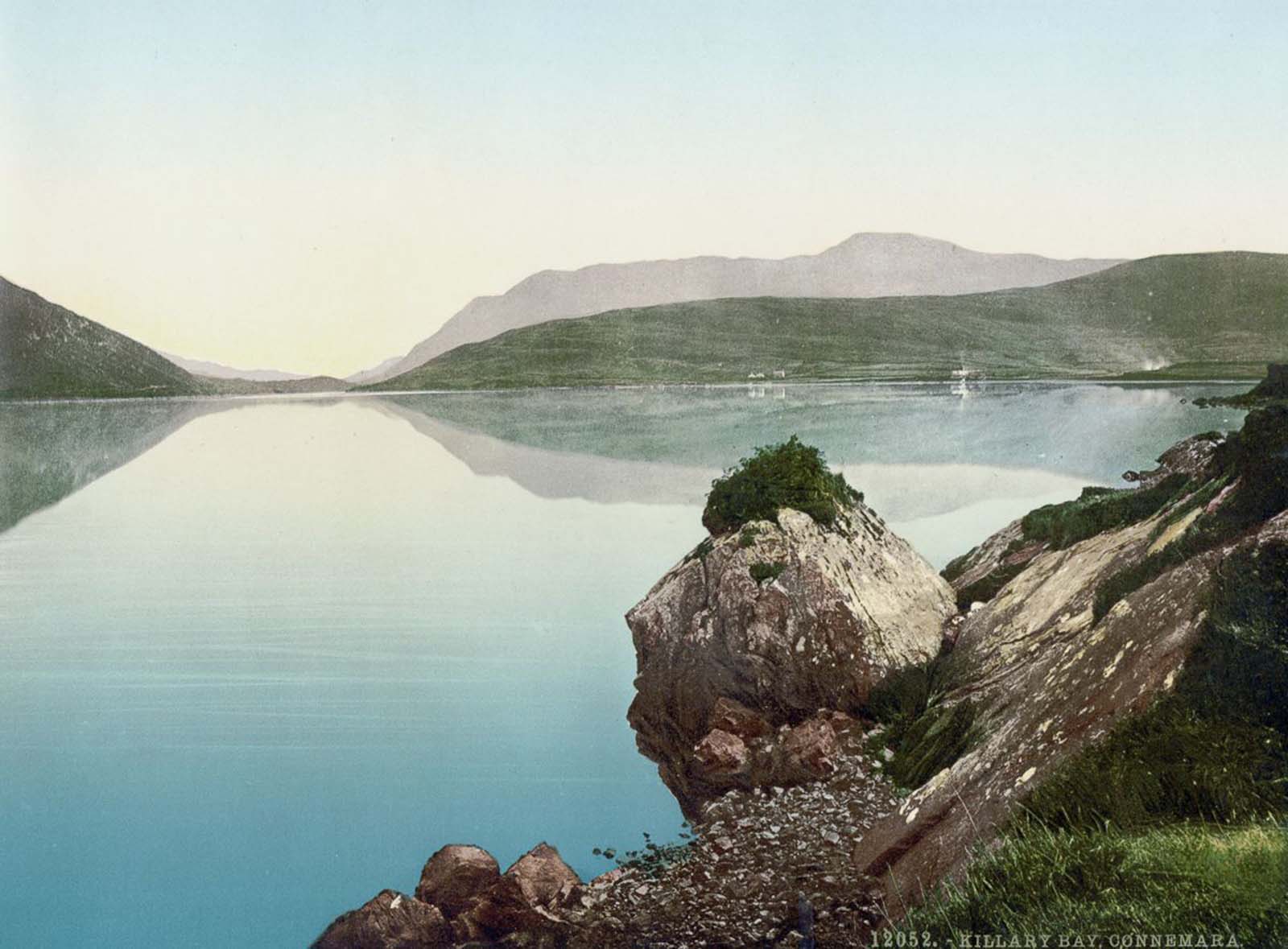
Killary Bay, Connemara, County Galway.
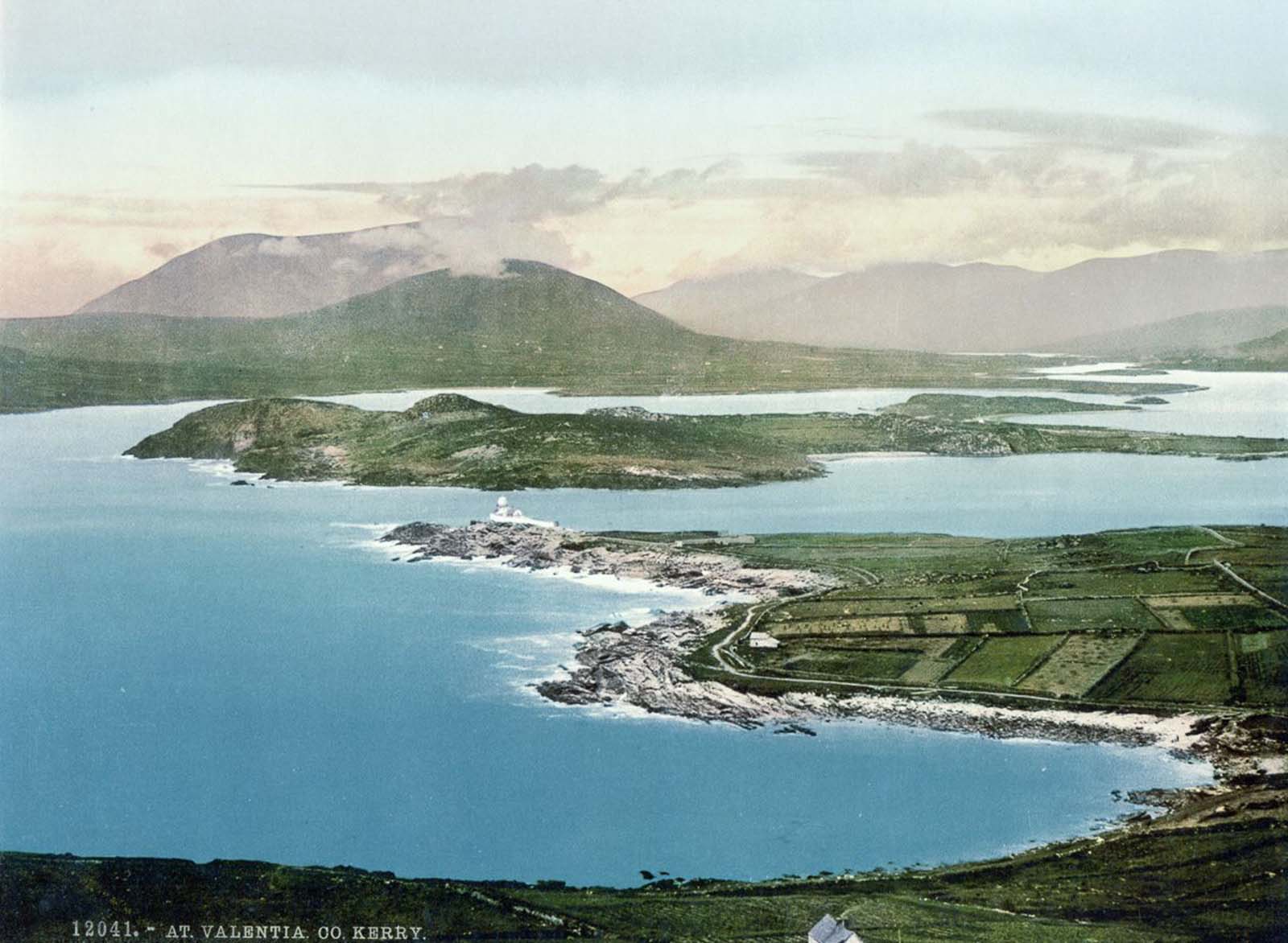
Valentia, County Kerry.
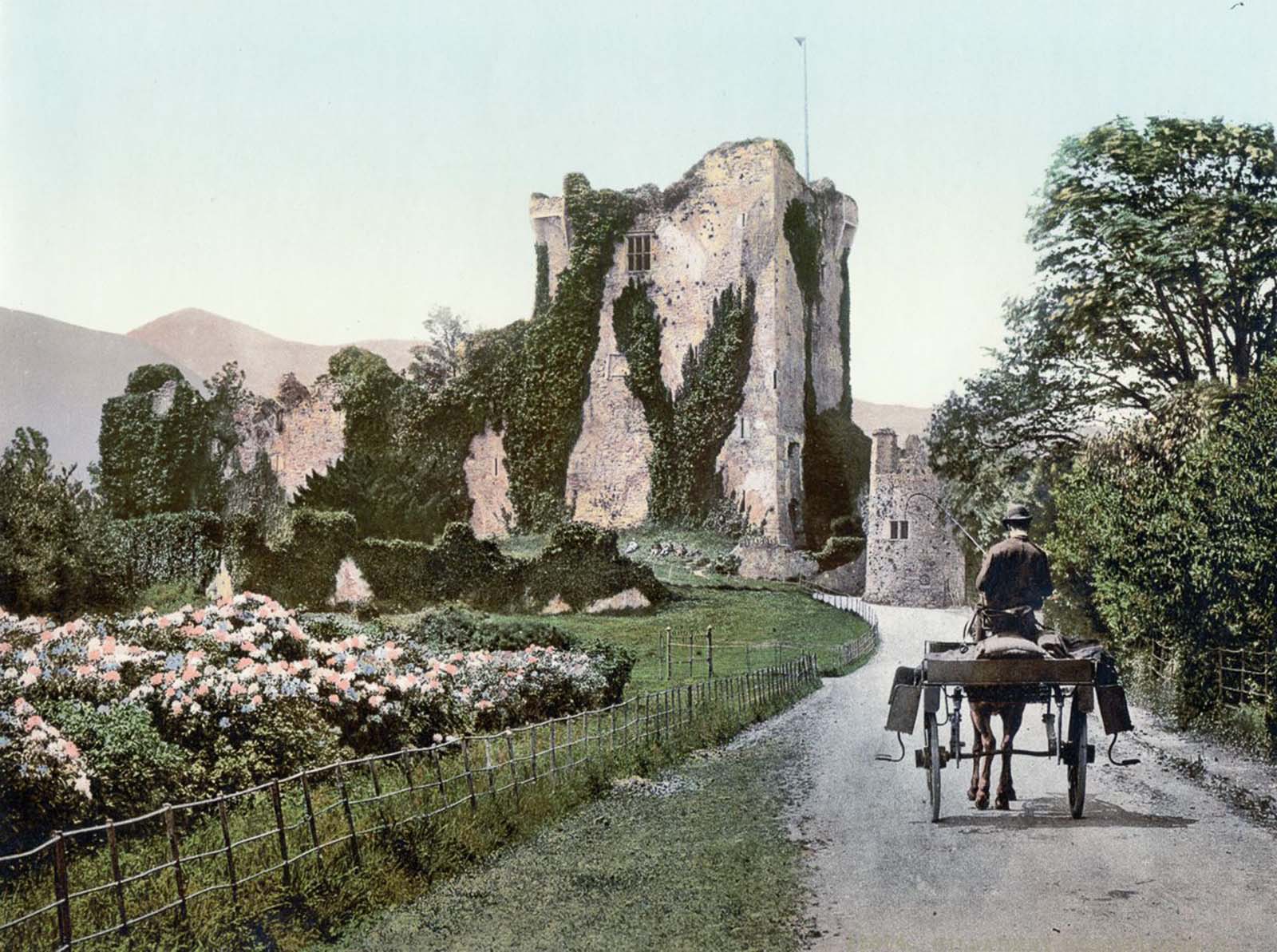
Ross Castle, Killarney, County Kerry.
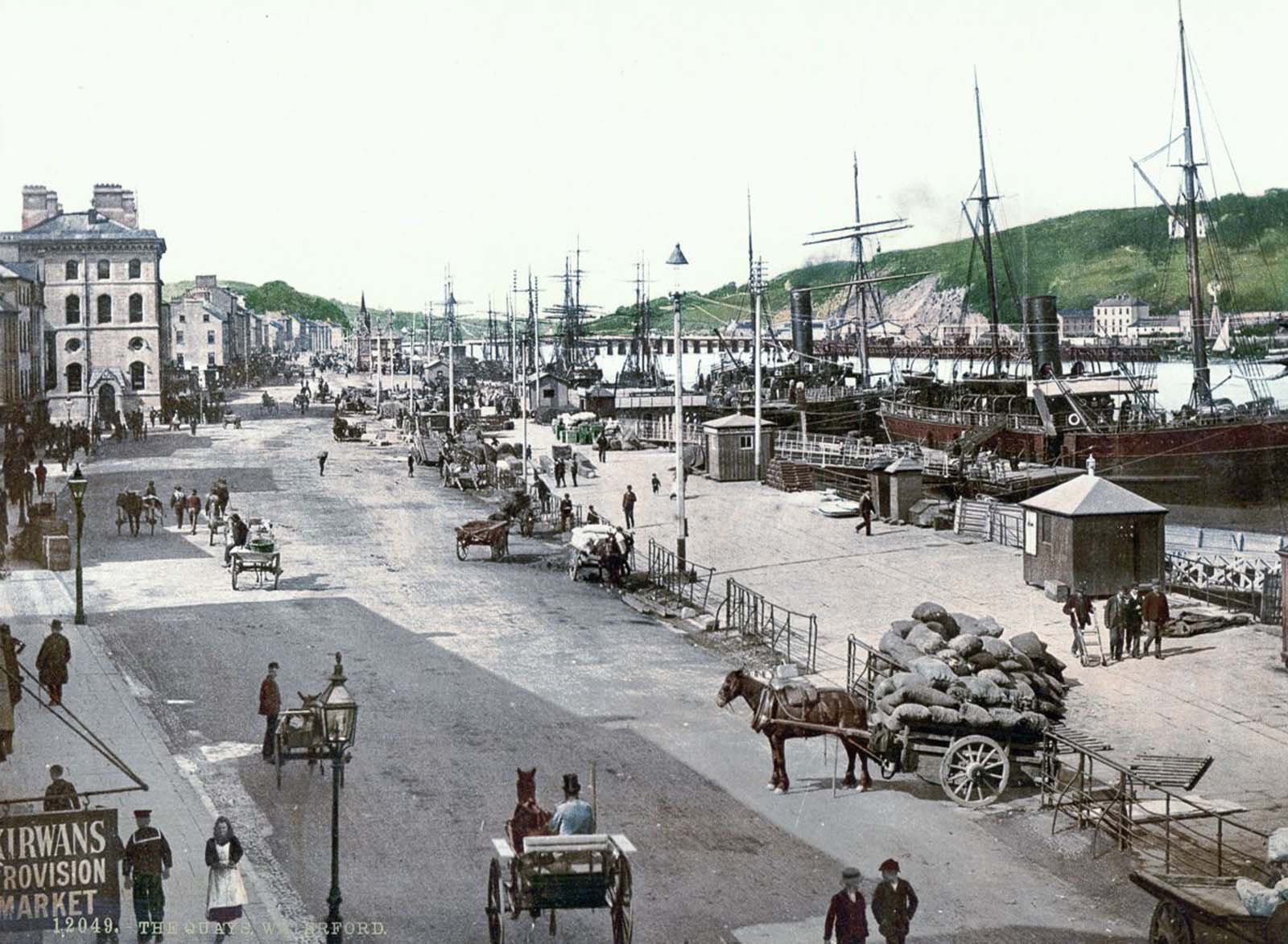
The quays, Waterford, County Waterford.
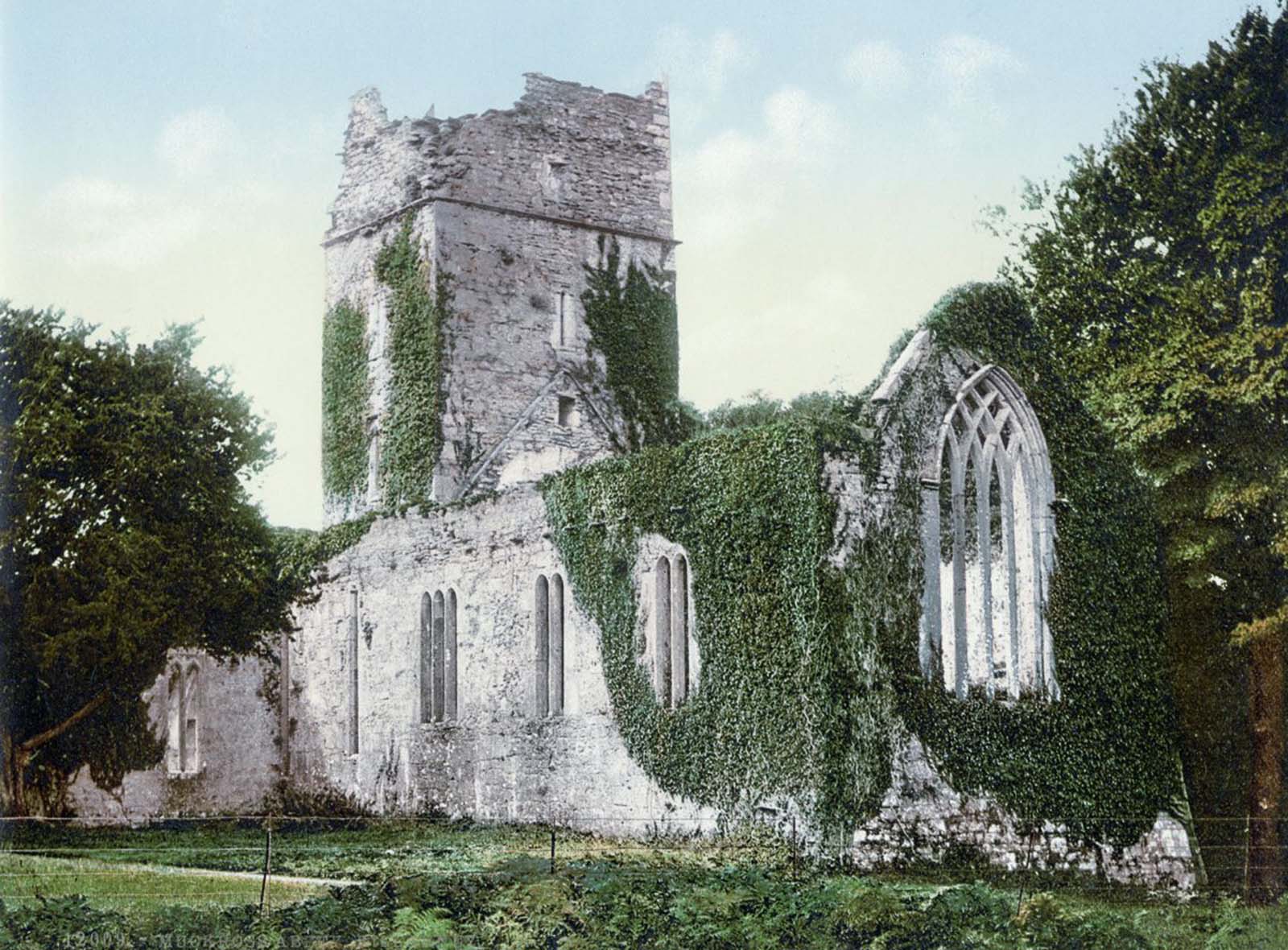
Muckross Abbey, Killarney, County Kerry.
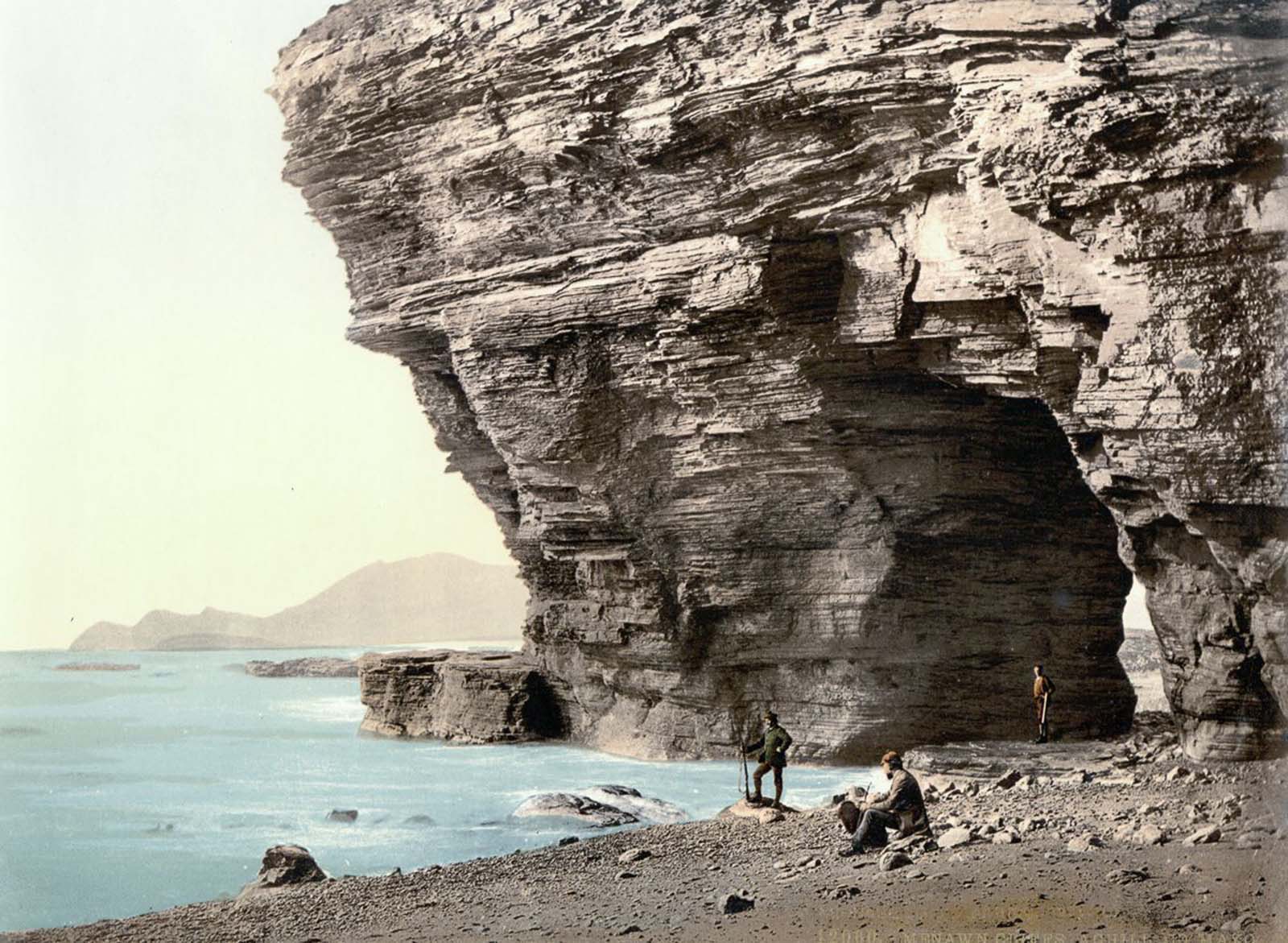
Menawn Cliffs, Achill, County Mayo.
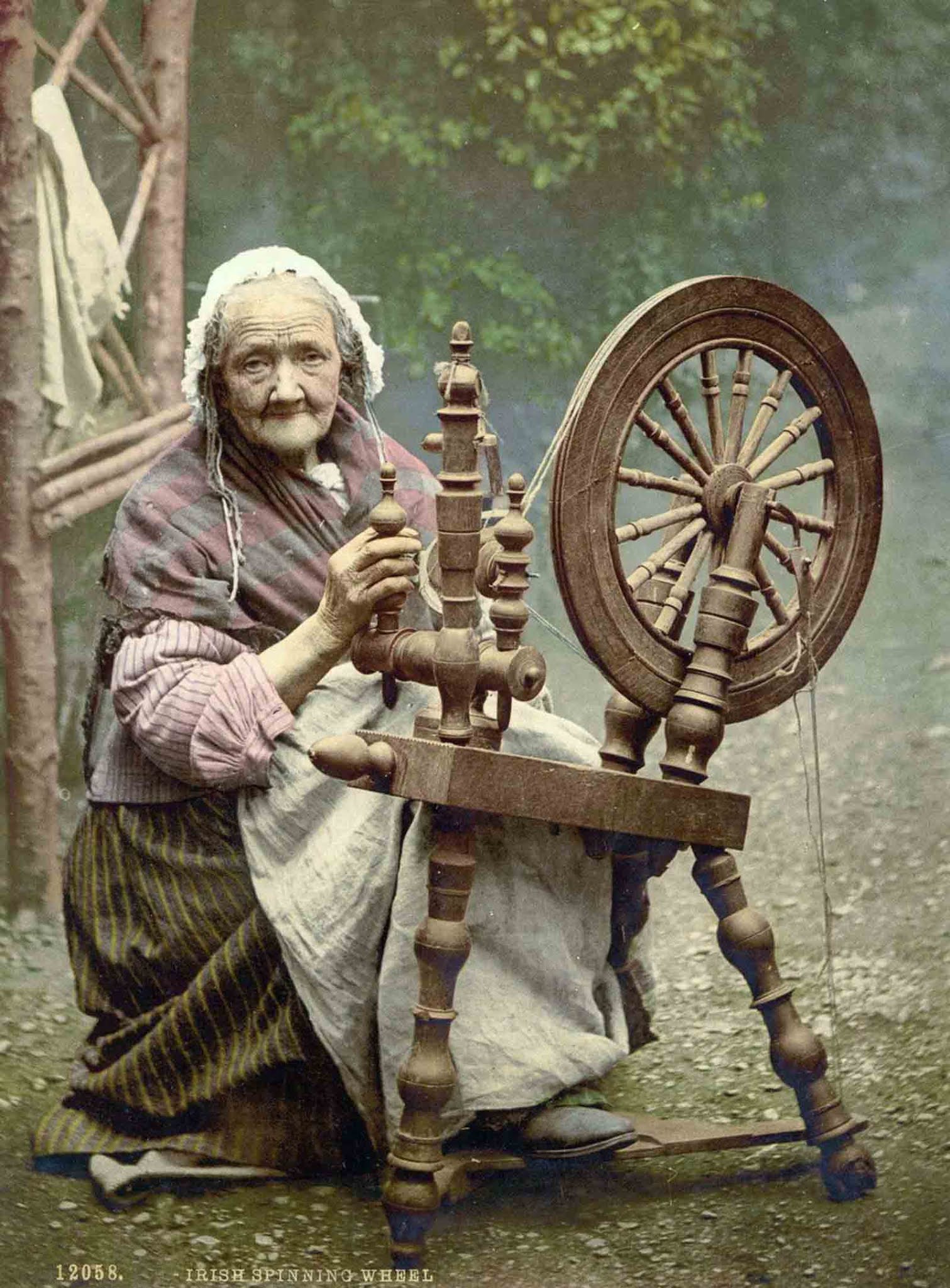
Spinner and spinning wheel, County Galway.
(Photo credit: Library of Congress).
